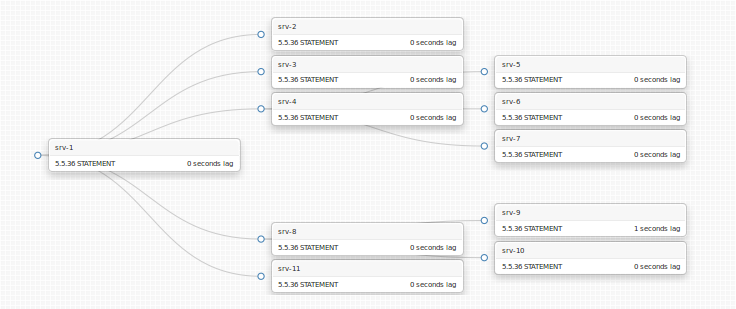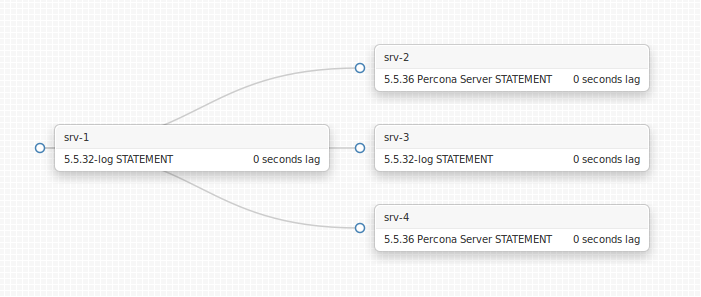Here’s our take of master DML query monitoring at Outbrain (presented April 2014). It took a half-day to code, implement, automate and deploy, and within the first hour of work we managed to catch multiple ill-doing services and scripts. You might want to try this out for yourself.
What’s this about?
What queries do you monitor on your MySQL servers? Many don’t monitor queries at all, and only look up slow queries on occasion, using pt-query-digest. Some monitor slow queries, where Anemometer (relying on pt-query-digest) is a very good tool. To the extreme, some monitor TCP traffic on all MySQL servers — good for you! In between, there’s a particular type of queries that are of special interest: DML (INSERT/UPDATE/DELETE) queries issued against the master.
They are of particular interest because they are only issued once against the master, yet propagate through replication topology to execute on all slaves. These queries have a direct impact on your slave lag and on your overall replication capacity. I suggest you should be familiar with your DMLs just as you are with your slow queries.
In particular, we had multiple occasions in the past where all or most slaves started lagging. Frantically we would go to our metrics; yes! We would see a spike in com_insert. Someone (some service) was obviously generating more INSERTs than usual, at a high rate that the slaves could not keep up with. But, which INSERT was that? Blindly, we would look at the binary logs. Well, erm, what are we looking for, exactly?
Two such occasions convinced us that there should be a solution, but it took some time till it hit us. We were already using Anemometer for monitoring our slow logs. We can do the same for monitoring our binary logs. Thus was born “Anemomaster”.
Quick recap on how Anemometer works: you issue pt-query-digest on your slow logs on all MySQL hosts (we actually first ship the slow logs to a central place where we analyse them; same thing). This is done periodically, and slow logs are then rotated. You throw the output of pt-query-digest to a central database (this is built in with pt-query-digest; it doesn’t necessarily produce human readable reports). Anemometer would read this central database and visualize the slow queries.
Analysing DMLs
But then, pt-query-digest doesn’t only parse slow logs. It can parse binary logs. Instead of asking for total query time, we ask for query count, and on we go to establish the same mechanism, using same pt-query-digest and same Anemometer to store and visualize the DMLs issued on our masters.
When analysing DMLs we’re interested in parsing binary logs — and it makes no sense to do the same on all slaves. All slaves just have same copy of binlog entries as the master produces. It only takes one server to get an accurate picture of the DMLs on your replication topology.
Continue reading » ““Anemomaster”: DML visibility. Your must-do for tomorrow”


